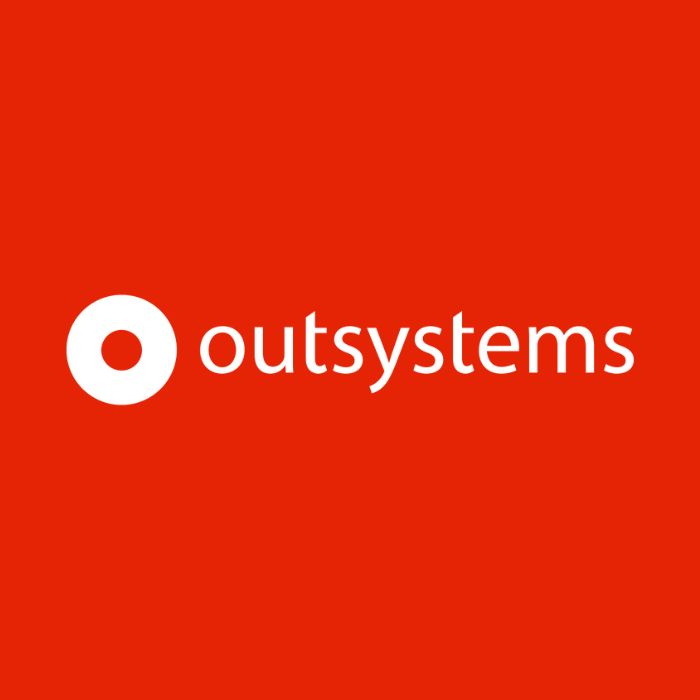
OutSystems: Fast Until It Breaks
I started with OutSystems because it looked the most "enterprise ready." Built a customer portal in 3 days that would've taken 2 weeks in React. Amazing, right? Wrong.
First problem: some recent OutSystems update broke our entire auth flow when they "improved" their security model. Spent 4 days fixing what used to work perfectly. Their release notes said "minor updates" but somehow forgot to mention they'd fuck up every OAuth integration you've ever built.
Second problem: The debugger is fucking useless for complex workflows. When a user reported the portal hanging during file uploads, I couldn't see what was happening inside their black-box runtime. The error log just showed "Service Action execution failed" with no stack trace, no indication of which database query failed, no timeout details. I had to add logging to every single workflow step like it's 2005, then wait 10 minutes for each deployment to see which step was actually failing.
Third problem: Performance died when we hit around 100 concurrent users. The platform generates inefficient database queries and there's no way to optimize them. OutSystems community forums are full of similar complaints about performance issues with large datasets. Our Our React version? Handles 1000+ users like it's nothing.
Bubble: Great for Prototypes, Hell for Production

Bubble worked perfectly for our MVP. Dragged and dropped a basic CRM in 2 days. But scaling it? Jesus Christ.
The workflow system craps out when you have too many concurrent workflows running. During peak hours, workflows would just sit in "Processing" state indefinitely. No error messages, no timeout warnings, just dead workflows. Our app would stop processing orders and customer payments would hang. Bubble's "solution" was to upgrade to their $500/month plan for "advanced infrastructure." The same app running on a $20 DigitalOcean droplet with proper async processing never had this problem.
And don't get me started on their responsive engine update last year. Every single app I'd built turned into a broken mess overnight. They forced everyone to migrate to "responsive design" but gave us zero migration tools. Took me 40+ hours to fix apps that worked perfectly fine the day before. Bubble forums were flooded with similar horror stories.
PowerApps: Microsoft's Cruel Joke

PowerApps is what happens when Microsoft tries to make development "accessible" to business users. The result is a platform that's too complex for business users and too limited for developers.
I tried to build a simple inventory tracker. PowerApps connector licensing changed 3 times while I was building it. Started at $5/user, ended up at $40/user by launch. When I told the finance team, they said "just build it in Excel."
Power Fx is what happens when Excel formulas have a nervous breakdown. Want to filter a list? Good luck with this garbage: Filter(Inventories, StartsWith(Title, TextInput1.Text) && Status.Value = "Active"). When it breaks, you get "Invalid formula" and absolutely no clue which part is fucked. Is it the StartsWith? The field reference? The boolean logic? Who knows. I've spent hours debugging formulas that worked fine yesterday but suddenly decided to shit the bed. Stack Overflow is littered with unanswered Power Fx questions because even Microsoft doesn't understand their own frankenstein creation.
The Integration Nightmare
Every platform promises "seamless integrations" with your existing systems. What they mean is "we have pre-built connectors for 3 popular SaaS tools, everything else requires custom JavaScript or expensive middleware."
Tried connecting Bubble to our ancient SAP system. What a fucking nightmare. Bubble's REST connector choked on SAP's bizarre XML responses - apparently SAP thinks XML should look like it was written by someone having a seizure. Spent 2 weeks writing a Node.js proxy just to translate SAP's garbage into something Bubble could understand. At that point, why not skip Bubble entirely?
PowerApps can't even connect to a simple PostgreSQL database without paying for their premium connector. Meanwhile, connecting to Postgres from any real programming language takes 2 lines of code.
When Low-Code Actually Works
Don't get me wrong - these platforms aren't completely useless. They're great for:
- Quick prototypes when you need to show something to stakeholders fast
- Internal admin tools that 5 people will use and don't need to be perfect
- Simple CRUD apps without complex business logic
- Form builders and basic workflow automation
But the moment you need custom logic, performance optimization, or real error handling, you're fighting the platform instead of solving problems. Check out No Code Census for more realistic assessments, or Hacker News discussions where developers share similar experiences.


